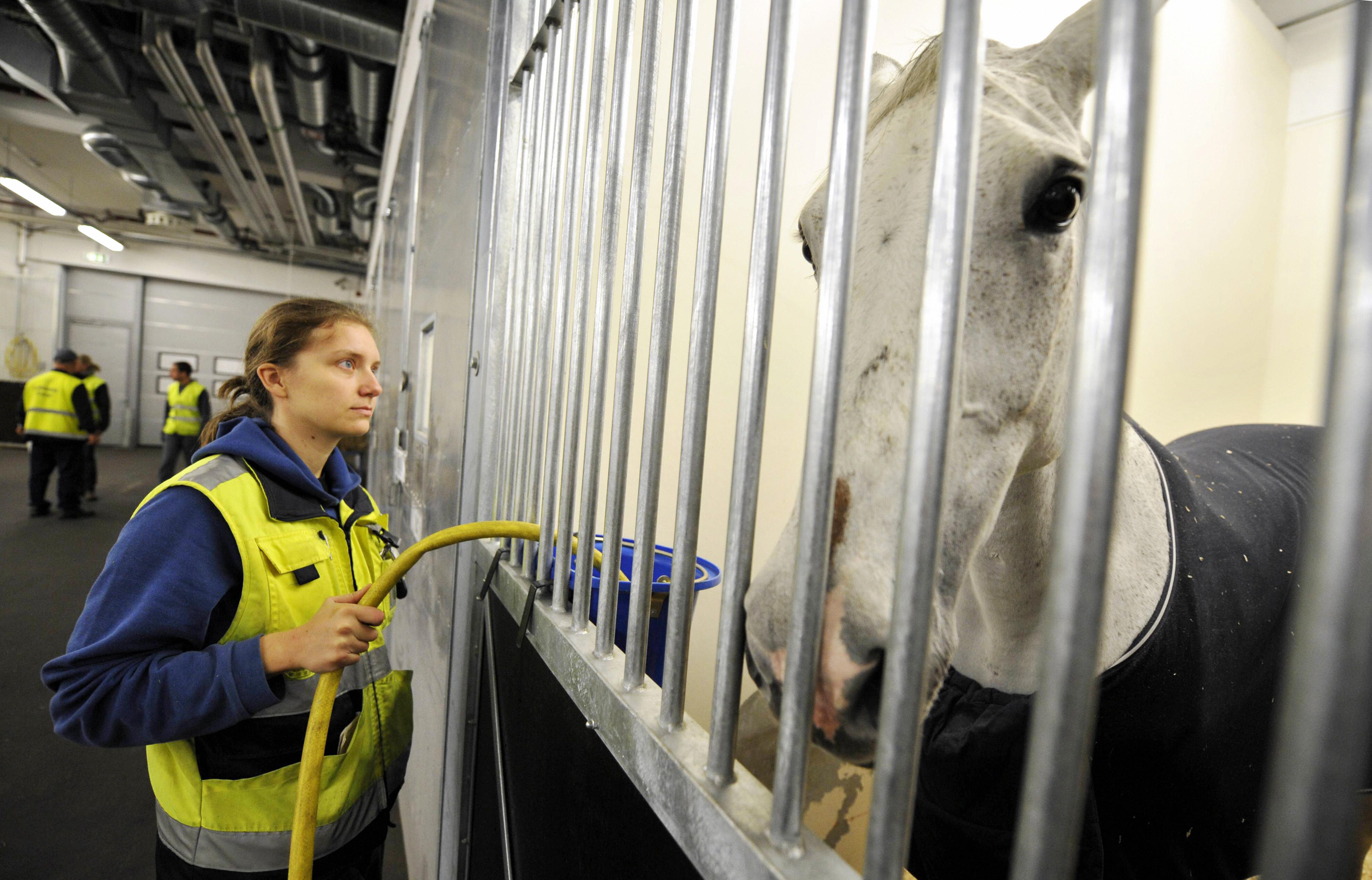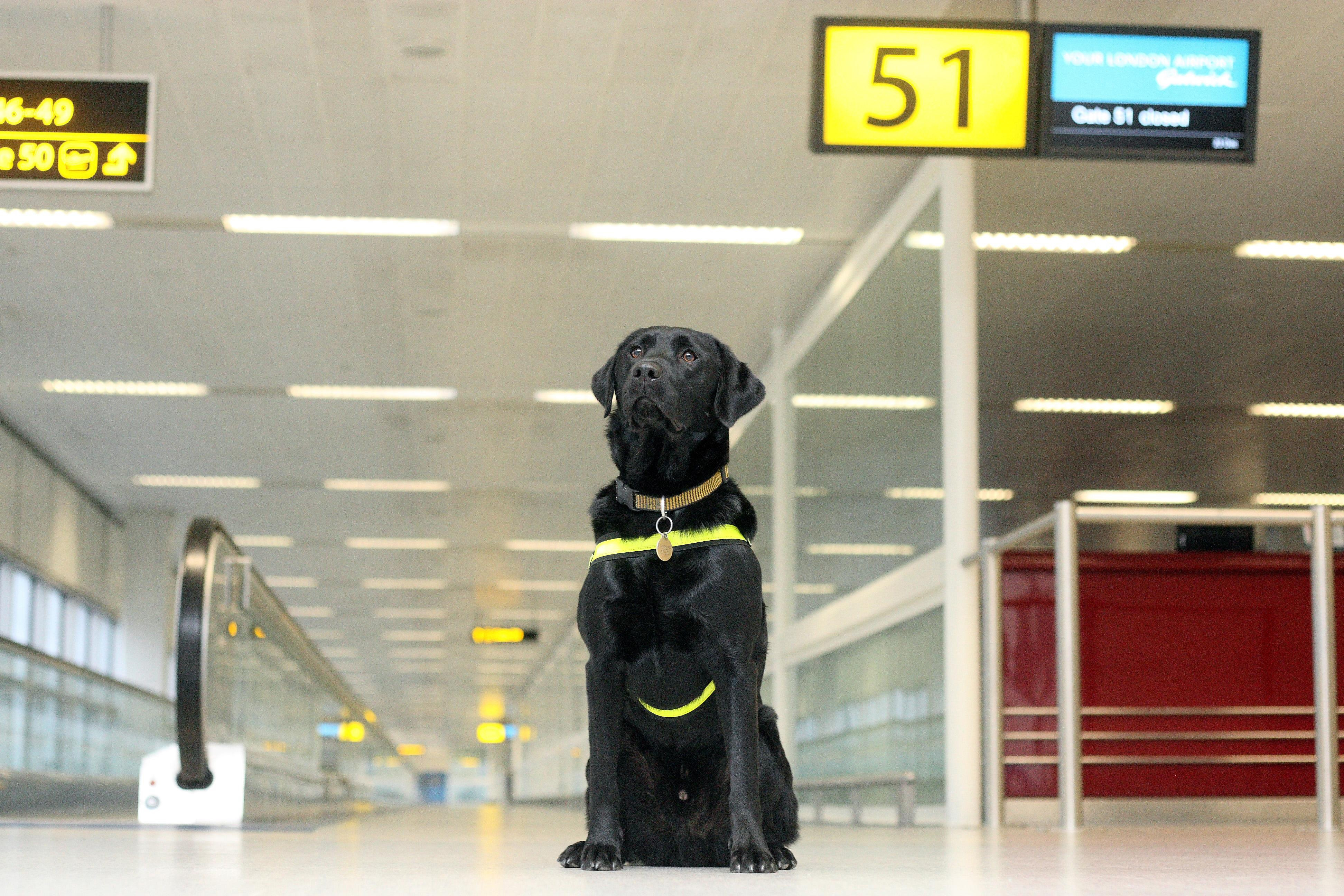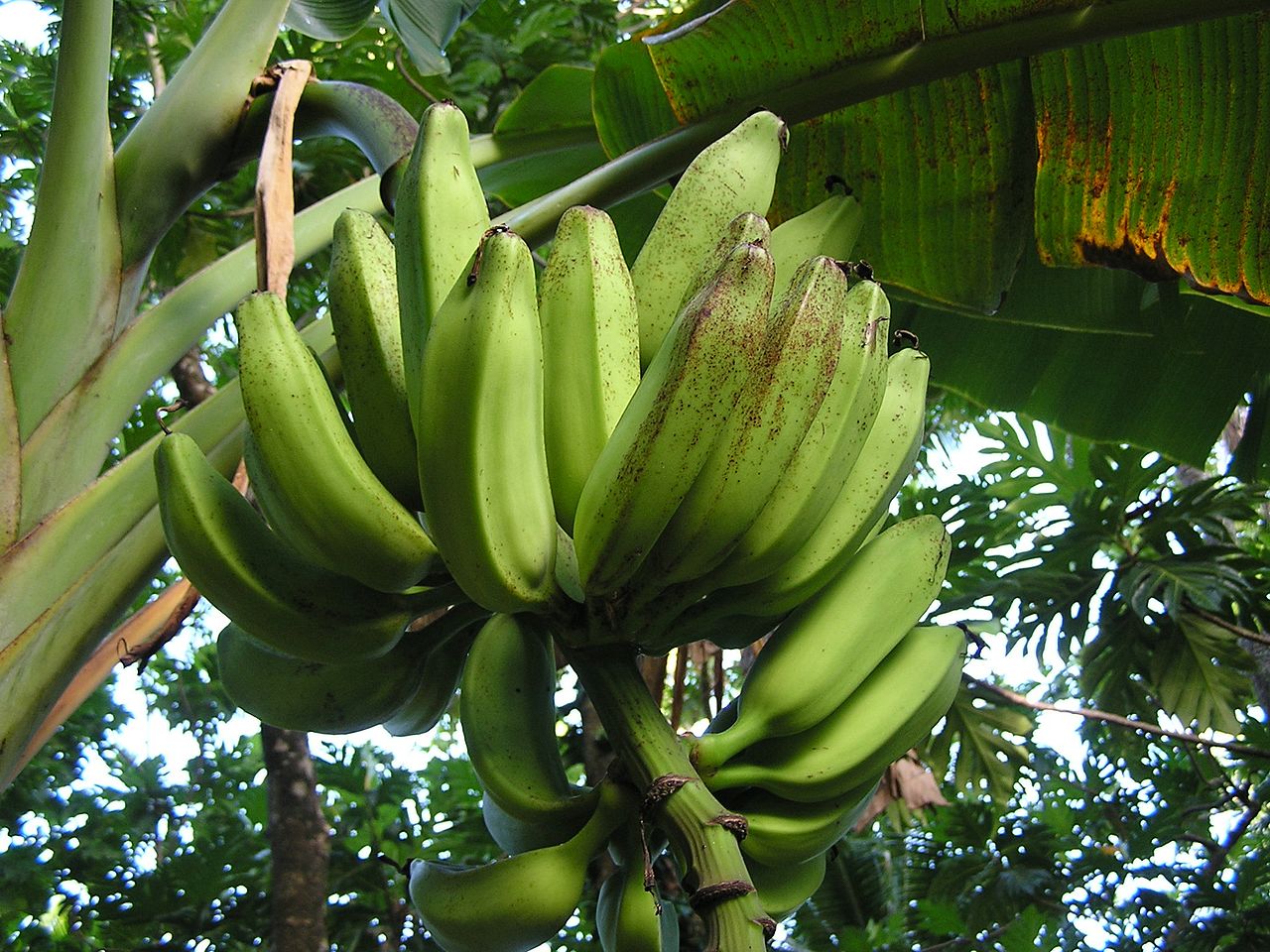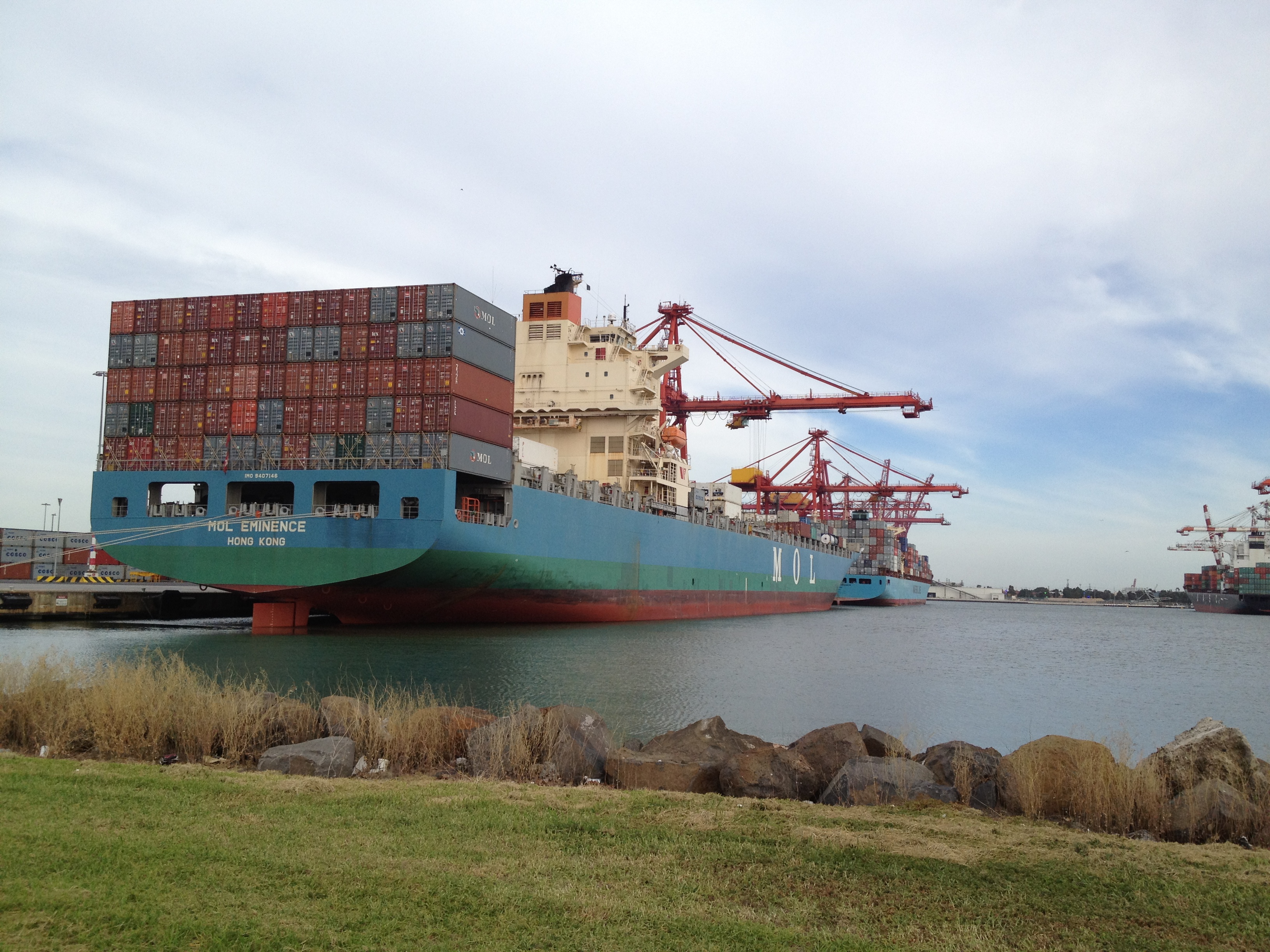
Environment
Biosecurity and the beekeeper

Australia’s commitment to biosecurity makes us one of the few countries to remain free from the world’s most severe pests, weeds and diseases. But the price we pay is eternal vigilance
Published 9 November 2017
Irish horse Rekindling’s win in the 2017 Melbourne Cup follows months of training, an aeroplane journey across the world, and, because this is Australia, a month in quarantine.
As a country, we have some of the most stringent quarantine regulations in the world, and even if you are a multi-million dollar champion racehorse, you still have to play by the rules.

Rekindling, along with the ten other international horses competing in the Cup, would have spent a minimum of 14 days in pre-travel quarantine in Department of Agriculture and Water Resources approved quarantine facilities in their home countries. Once they arrive in Australia, the horses would then have spent a minimum 14 days quarantined at the commonwealth-operated Post-Entry Quarantine facility at Mickleham in Victoria.

Environment
Biosecurity and the beekeeper
This may seem exacting, but an exotic pathogen or pest carried with a horse could have a devastating impact on the Australian environment and economy.
Biosecurity touches the lives of every Australian, every day – from the food we eat, to our environment, and to the economy. Being free of many diseases, weeds and pests, and responding rapidly and effectively when outbreaks occur, keeps Australia’s industries productive and protects our unique environments and ecosystems.
Our status as a producer of high-quality, safe animal and plant products is essential to the wellbeing of our economy and overall quality of life. This means biosecurity is a shared responsibility. It is about governments, industry and the community working together to manage risks.
The cost of an invasion can be very high for farmers, industry, the community, and the economy. For example, the 2007 outbreak of equine influenza is estimated to have cost around $522 million in direct and indirect losses.

The outbreak was the most serious animal disease emergency in recent Australian history. At its peak, 47,000 horses were infected in NSW on 6,000 properties, and horse owners and industry workers faced major impacts on their livelihood and lifestyle. The disease was eradicated in six months.
Likewise, in 2007 there was a detection of Khapra beetle in some personal belongings arriving in Perth. This beetle can cause losses of 75 per cent in stored grain, potentially costing an estimated $117 million per year if it became established in Western Australia.

Australia is currently dealing with a number of invasions, by eradication if possible or by management if not, including:
an outbreak of banana freckle in Cavendish bananas in the Northern Territory, first detected in 2013. In 2015, the banana industry was devastated again after the discovery of Panama Disease TR4 on a property in Queensland. The estimated cost of eradicating banana freckle and Panama TR4 is currently $26 million and the national response is ongoing
the discovery of Tomato–Potato Psyllid (TPP) in Perth in February 2017. Once established, this insect is impossible to eradicate. TPP can carry zebra chip disease in potatoes, which cost the New Zealand potato industry $45 million in 2008/2009. If established in Australia, it could reduce production by an estimated 20 to 50 per cent
Millions of people, mail parcels, baggage, ships, animals, plants and cargo containers enter Australia every year. A range of sophisticated technologies and approaches including research, shared international resources and intelligence, help prevent the introduction and spread of disease.

Surveillance and monitoring of risk areas are critical, along with border control activities, to manage potential biosecurity threats at Australia’s airports, seaports and international mail centres.
These practices mean our nation is one of the few countries in the world to remain free from the world’s most severe pests, weeds and diseases. While our geographical isolation plays a key role in maintaining this status, this is rapidly changing as the barriers of time and distance become less relevant and international travel and trade increase.
And the onshore risks are only increasing with time.
Population changes and expanding urban areas are bringing people closer to agricultural production and sensitive environmental areas. Climate change also brings new threats and different ways for diseases and pests to spread, risking our agriculture industries, our unique environment, native flora and fauna, our tourism industries and lifestyles.
Governments world-wide are responding to these increased threats by strengthening biosecurity, and Australia’s biosecurity system is looking at smarter ways to target the greatest risks, using intelligence-led, evidence-based and risk-weighted strategies.
My new book Invasive Species – Risk Assessment and Management also edited by Dr Terry Walshe, Professor Mark Burgman and Dr Mike Nunn, reviews the fundamental challenges of implementing effective and sustainable biosecurity measures, drawing largely on Australia’s experiences.
It presents a comprehensive review of risk-based techniques that help policy makers and regulators to protect national interests from invasive pests, weeds and disease before, at and inside national borders. Much of the contents comes from the research of Australia and New Zealand’s Centre of Excellence for Biosecurity Risk Analysis.
Banner image: Getty Images